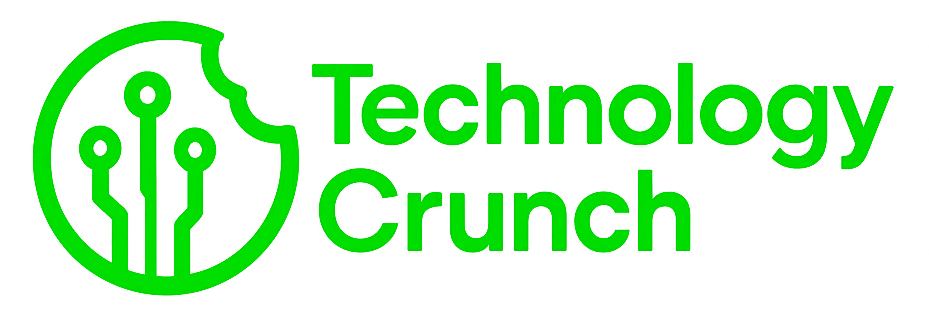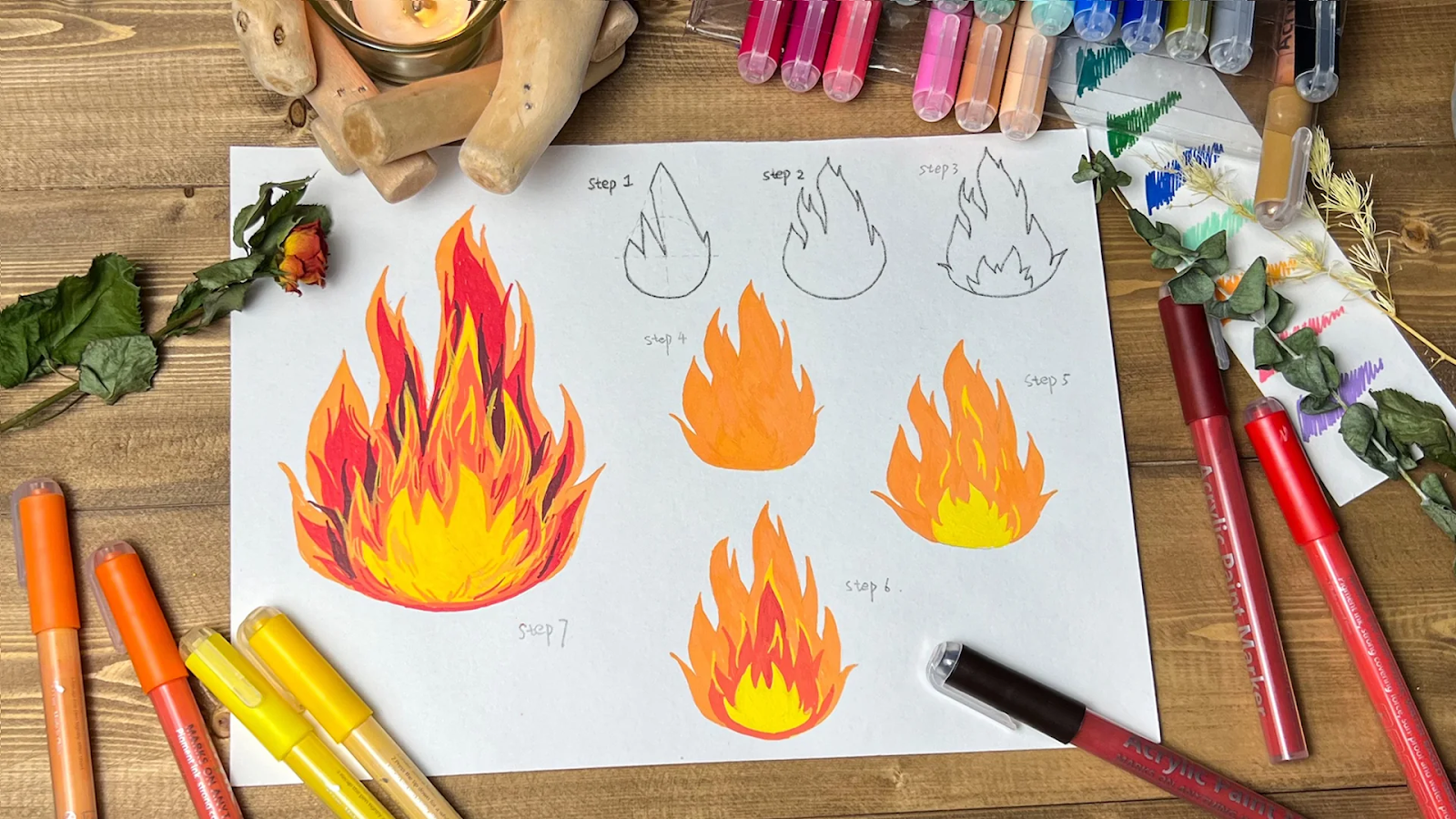Introduction to Fire Drawing
In the realm of creative expression, Fire Drawing has emerged as a captivating medium that fuses the elemental beauty of fire with the delicate precision of drawing. The practice of Fire Drawing challenges traditional notions of art by combining ephemeral natural phenomena with deliberate strokes that evoke both passion and restraint. As modern artists seek innovative ways to express themselves, this art form has grown in popularity, attracting both novice creators and seasoned professionals.
The allure of combining fire’s unpredictable nature with the controlled act of drawing offers a unique dynamic that defies conventional artistic boundaries. The medium is as much about mastering technique as it is about embracing spontaneity, and its practitioners often describe the process as both meditative and exhilarating. Many spend countless hours experimenting with materials and methods to capture the transient beauty of flames, creating works that are visually stunning and deeply symbolic.
This innovative approach draws inspiration from ancient rituals where fire was revered as a symbol of transformation and renewal. Over time, those early traditions evolved into more refined techniques, laying the groundwork for contemporary practices that push the limits of creativity. Artists now find that working with an element as fierce as fire not only provides a visually striking result but also conveys emotions and narratives that resonate with audiences on a profound level.
As more galleries and art spaces begin to showcase live performances and recorded sessions of this medium, interest continues to surge. Audiences are drawn to the raw energy and mesmerizing quality of the process, witnessing firsthand how controlled flames can be manipulated into elaborate works of art. This dynamic interaction between fire and artistry invites a reconsideration of what is possible when natural elements are integrated into creative endeavors.
Historical Perspectives on Fire Drawing
The origins of this intriguing art form can be traced back to ancient civilizations, where the element of fire held significant ritualistic and symbolic meaning. Historical accounts reveal that the evolution of Fire Drawing has been intertwined with early human rituals, marking a turning point in artistic innovation. Over time, cultures across the globe began to harness the power of fire not only as a means of survival but also as a tool for storytelling and spiritual expression.
In many ancient societies, fire was seen as a bridge between the physical and the divine. Ceremonies were held around blazing fires, and the flickering light was believed to connect communities with cosmic forces. Early artists, inspired by these mystical displays, experimented with incorporating the living element of flame into their creative repertoire. Ancient manuscripts and folklore often reference Fire Drawing as a mystical practice, inspiring later generations to explore its creative potential.
Scholars suggest that the transformation of raw flame into an artistic medium was more than a mere technical achievement; it was a symbolic act that represented humanity’s ongoing struggle to tame nature. Over centuries, as knowledge of metallurgy, chemistry, and physics advanced, so did the methods of manipulating fire for artistic purposes. This gradual evolution helped set the stage for modern interpretations, where the art form is celebrated both for its historical roots and its cutting-edge techniques.
The cultural significance of this medium can be seen in its revival during various artistic renaissances. While early practices were deeply entwined with ritual and spirituality, later adaptations reimagined the medium as a form of performance art. This historical journey reflects the ever-changing relationship between humans and the natural world, and it underscores the timeless allure of harnessing such a potent element for creative expression.
Techniques and Practices in Fire Drawing
Modern interpretations of this art form incorporate a variety of techniques ranging from live performance art to controlled studio experiments. Artists today have developed sophisticated methods that allow them to manipulate the flame in a controlled environment, creating intricate patterns and vibrant displays of light. Tools specifically designed for heat resistance and precision are now commonplace, enabling creators to experiment with innovative approaches without compromising their vision.
Innovators in the field of Fire Drawing have developed methods that allow for precise control of the flame, ensuring that each stroke conveys both dynamism and deliberate artistry. Experimentation with different types of fuels, lighting conditions, and drawing surfaces has led to a diverse array of styles within the discipline. Some practitioners favor a minimalist approach, using brief bursts of flame to evoke fleeting moments of beauty, while others orchestrate complex sequences that capture the interplay of heat, light, and movement.
A blend of traditional craftsmanship and modern technology has further expanded the medium’s boundaries. Advanced digital simulations now complement live experiments, enabling artists to refine their techniques and predict the behavior of flames under various conditions. This synergy between time-honored practices and innovative tools continues to drive the evolution of the art form, creating a vibrant dialogue between the past and the present.
Workshops and collaborative sessions have also become a popular way for enthusiasts to share insights and refine their skills. In these settings, artists exchange ideas about the best practices for handling fire, discuss emerging trends, and push each other to explore uncharted creative territories. This communal spirit not only fosters technical mastery but also builds a supportive network of individuals united by their passion for experimental art.
Safety and Considerations for Fire Drawing
Given the inherent risks associated with working with fire, it is essential that artists practicing Fire Drawing adhere to strict safety protocols. Proper equipment, training, and emergency preparedness are critical in ensuring that the creative process remains both inspiring and secure. Artists invest in specialized protective gear, fire-retardant materials, and maintain rigorous standards in their workspaces to minimize hazards.
Structured training programs and safety workshops have been developed specifically for those interested in this medium. These initiatives emphasize the importance of controlled environments, regular risk assessments, and the presence of professional safety personnel during live performances. By prioritizing safety without compromising artistic vision, creators ensure that every session is as secure as it is expressive.
In addition to technical safety measures, many artists also take part in community-led initiatives that promote best practices. These gatherings allow practitioners to discuss recent challenges, share solutions, and collectively develop new strategies for mitigating risks. This cooperative approach to safety reinforces the idea that innovation in the art form must always be balanced with a commitment to well-being and public assurance.
The Future and Impact of Fire Drawing
Looking ahead, the influence of this captivating art form is poised to expand as contemporary artists continue to experiment with fire and light. The integration of technology and traditional methods has opened new avenues for creative expression in Fire Drawing, ensuring that the art form remains vibrant and relevant in a rapidly changing world. As global interest in experiential and performance art grows, the medium is likely to gain further recognition on international stages.
Technological advancements have already begun to reshape how this medium is practiced and perceived. Innovations in fuel efficiency, flame control, and digital augmentation are enabling artists to create more sustainable and accessible forms of performance art. Collaborative projects that merge visual art, music, and theater are elevating the status of this discipline, drawing in diverse audiences and breaking down cultural barriers.
Emerging trends suggest that future exhibitions may feature interactive installations where audiences can experience the transformative power of flame in real time. These dynamic displays are expected to push the boundaries of conventional art, blending sensory experiences with cutting-edge visual storytelling. The evolving nature of this practice invites continuous exploration and experimentation, promising a future where the fusion of technology and natural elements will redefine artistic expression.
Furthermore, academic institutions and research centers are beginning to take an interest in the theoretical underpinnings of this medium. Studies focusing on the physics of flame behavior, the chemistry of fuels, and the psychology of audience perception are gradually building a scholarly framework around the art form. This growing body of research not only validates the medium’s artistic merit but also opens up new possibilities for innovation and interdisciplinary collaboration.
In a world that increasingly values experiential and immersive art, the legacy of this practice serves as a powerful reminder of the transformative potential of creative exploration. The journey from ancient rituals to modern performances illustrates how art can continually reinvent itself, drawing on timeless elements to forge new paths in creative expression. As more artists embrace the challenge of working with fire, they ensure that the medium remains a vibrant and evolving part of our cultural landscape.
In conclusion, the evolution of this dynamic art form from its ancient origins to its modern-day iterations underscores the boundless potential of human creativity. By harnessing one of nature’s most elemental forces, artists are able to create works that are both visually compelling and deeply evocative. As the medium continues to evolve through innovation, collaboration, and rigorous safety practices, its impact on the contemporary art world is set to grow even further. The future holds endless possibilities for those who dare to blend tradition with modernity, forging new artistic pathways that captivate and inspire audiences around the globe.

